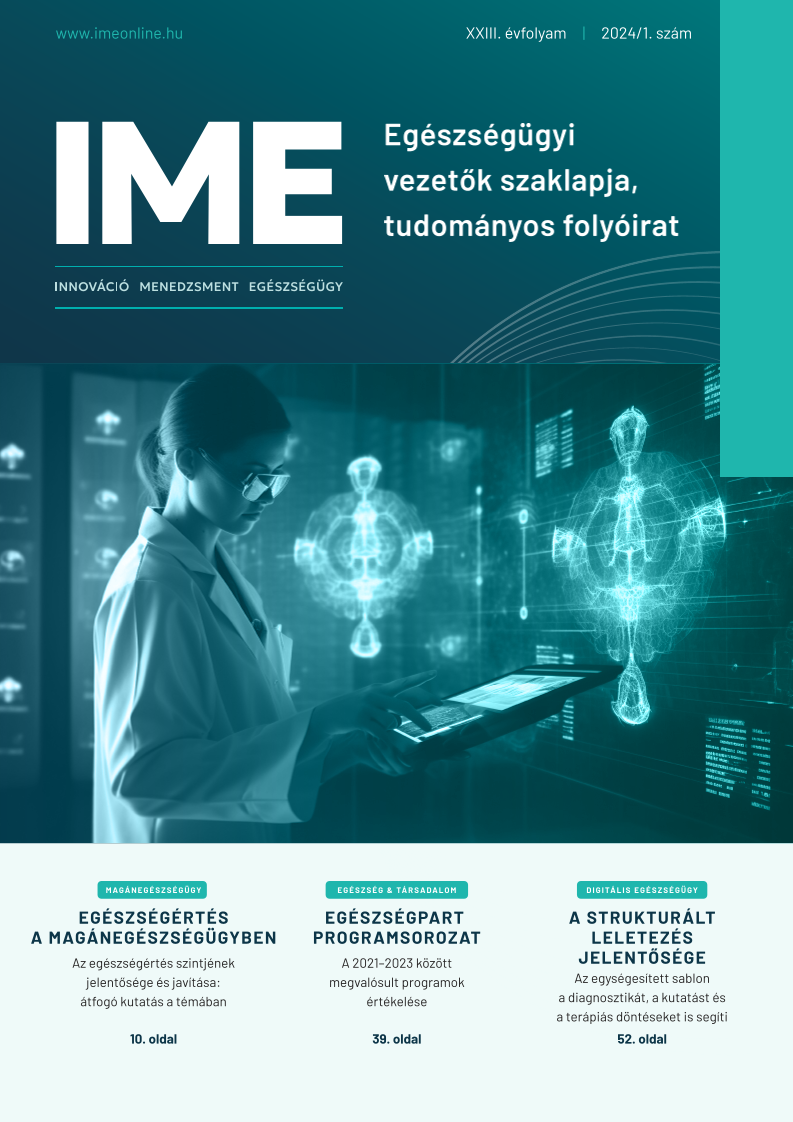The „Egészségpart” mobile summer screening and health education program: Evaluation of programs implemented in years 2021–2023
Abstract
In many countries, mobile health clinics operates, on the one hand, as a mobile platform for improving health literacy, raising awareness, and providing health education, and on the other hand, they also contribute to the screening of cancers and other non-communicable diseases. The goal of our “Egészségpart” program series launched in 2021 is to provide screenings, lifestyle counselling, and health education free-of-charge for the Hungarian, adult, working-age population vacationing or living at Lake Balaton, in order to detect early their diseases and improve their health literacy.
The aim of the present study is to evaluate the input (partnership, human resources), process (activities, including screening and health education), and output indicators (number of participants and their socio-demographic characteristics) by applying descriptive statistical analyses.
During the three years, 13 “Egészségpart” days were implemented, with an average of n=18–31 human resources present per day, and the number of partnerships was increased. Not all program activities were available in all three years, but overall, the number of screening and health education activities increased year by year (a maximum of 15 and 8 activities, respectively). The number of participants registered with socio-demographic data was between n=727–906, their average age was slightly over 50 years, the participation rate of females was around 60%, and in each year, the 45–64-year old age group participated in the largest proportion. Compared to the baseline year, >65-year old people participated increasingly in the program. The participation rate of residents living at Lake Balaton increased significantly from baseline to the third year (27% versus 53%, respectively).
Complex evaluation of the “Egészségpart” program series is essential in order to identify areas for future development in program planning and implementation. Dynamic response for the changing socio-demographic characteristics and health needs of participants is necessary during year by year program planning. Besides, revision of professional partnerships as well as allocation of human resources are also needed.

This work is licensed under a Creative Commons Attribution-NonCommercial-NoDerivatives 4.0 International License.




